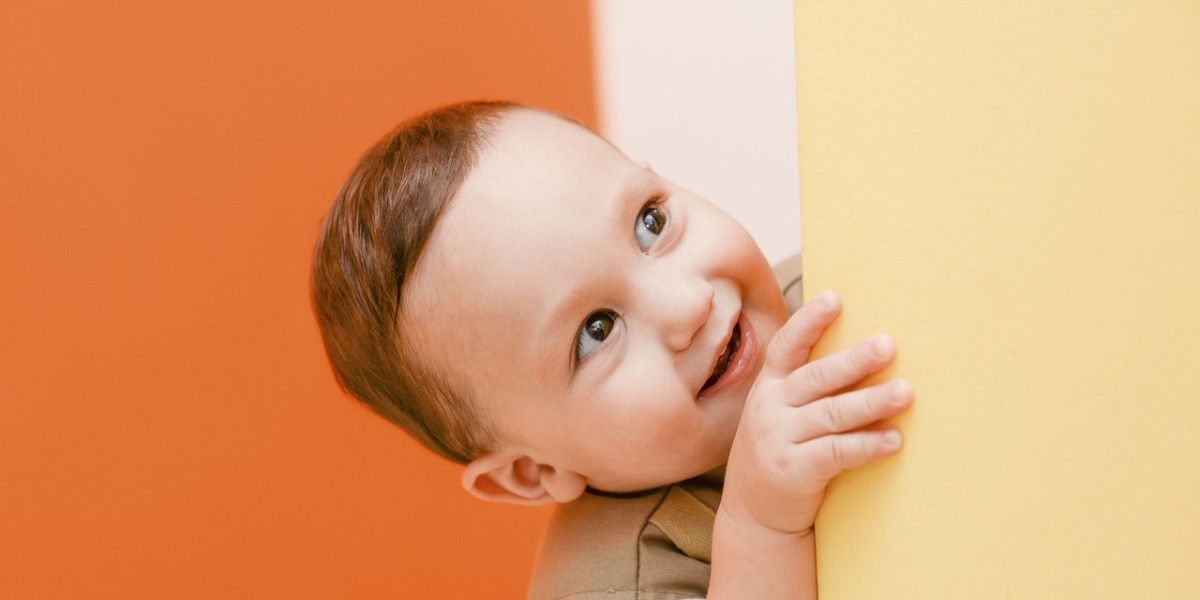Designing the perfect space for kids is a rewarding yet challenging task. As children grow, their needs, interests, and activities change, and their environment should adapt accordingly. Whether it's a bedroom, a play area, or a study zone, the right space can foster creativity, encourage learning, and ensure safety. With a bit of planning and creativity, you can create a space for kids that is both fun and functional, while keeping their safety a top priority. In this post, we will explore ideas for designing spaces that cater to different age groups and how to balance aesthetics with practicality.
1. Designing for Infants and Toddlers: Safe and Soothing
The first few years of a child's life are full of exploration and discovery, so safety is key when creating a space for infants and toddlers. Here are a few tips for designing a room that caters to their unique needs:
- Focus on Safety: Baby-proofing is essential. Use soft, rounded furniture to prevent accidents, and secure heavy items like bookshelves and dressers to the wall. Place electrical outlets out of reach, or use covers to prevent little fingers from poking into them.
- Choose Calming Colors: Soft, neutral tones such as pastels and earth shades create a soothing environment that can help with relaxation and sleep. Too many bright, bold colors can overstimulate babies, making it difficult for them to unwind.
- Create a Cozy Sleeping Area: Invest in a quality crib with a firm mattress, and avoid cluttering the sleeping space with blankets, pillows, or stuffed animals, which could pose suffocation hazards. Consider blackout curtains to regulate light and ensure a restful sleep.
- Incorporate Sensory Play: Create a small area for tactile exploration by adding soft rugs, plush toys, or sensory boards that offer safe textures for little hands to feel. This helps infants develop their sense of touch and learn about their surroundings.
2. Creating Spaces for Preschoolers: Imagination and Independence
As children grow into preschoolers, they become more independent and curious. This is the perfect time to design a space that fosters creativity and hands-on learning.
- Open-Ended Play Zones: Set up different areas in the room that encourage imaginative play. Include a mini art station, blocks, or toy kitchen sets. These items encourage role-playing and creative thinking while helping them develop their fine motor skills.
- Accessible Storage: Preschoolers should be able to easily access their toys, clothes, and books. Low shelves, open bins, and labeled baskets promote independence and teach them organizational skills.
- Vibrant, Fun Themes: This is the age when children start developing personal preferences. Let their personality shine through by incorporating fun themes like outer space, jungle animals, or fairytales. You can include wall decals, themed bedding, or posters to reflect their interests.
- Comfortable Reading Nook: Set up a cozy corner with soft cushions, a few books, and gentle lighting. Encouraging reading at an early age helps build vocabulary and fosters a love for learning.
3. Spaces for School-Age Kids: Learning and Exploration
School-age kids have busier schedules and more structured routines. Their room should be both a place to relax and a functional space for schoolwork.
- Study and Homework Station: A dedicated workspace is essential for school-age kids. Choose a desk with plenty of storage, good lighting, and a comfortable chair to create an area where they can focus on homework. Keep this space clutter-free to minimize distractions.
- Smart Storage Solutions: At this stage, kids have more belongings. Organize their space using shelves, baskets, and drawers to keep toys, clothes, and books in order. Involve your child in setting up the storage system to help them learn responsibility.
- Interactive Elements: Incorporate elements like chalkboard walls, corkboards, or magnetic boards where they can express themselves, display their artwork, or track their school assignments. It’s a great way to encourage creativity while also staying organized.
- Balanced Design: Use a mix of playful and functional elements. For instance, you can incorporate fun bedding and wall art while keeping the furniture practical and long-lasting. Since children’s tastes change, opt for interchangeable accessories like pillows or lamps that can be easily updated.
4. Tweens and Teens: Style, Privacy, and Personalization
By the time kids reach their tween and teen years, they crave a space that reflects their personality and offers them privacy.
- Flexible Design: Tweens and teens’ interests evolve quickly, so it’s important to create a space that can grow with them. Keep larger items like the bed, desk, and dresser in neutral tones, and use accessories like bedding, wall art, and rugs to showcase their evolving style.
- Encourage Creativity: Allow them to have input in designing their space. Whether it’s a gallery wall, unique lighting, or DIY decor, personalizing their room gives them a sense of ownership.
- Tech-Friendly Spaces: Teenagers often use their rooms for more than just sleeping and studying—they also use them to relax and entertain friends. Incorporate tech-friendly elements such as a charging station or space for a small media area, so they can hang out and watch movies or play games.
- Study Area with Personality: Create a quiet study area that is both functional and reflective of their interests. Use bold colors, unique desk accessories, or inspirational quotes to make the space inviting for focused learning.
5. Multi-Use Spaces for Siblings: Maximizing Functionality
If you’re designing a shared space for siblings, it’s important to create a room that meets the needs of both children without sacrificing individuality.
- Bunk Beds or Loft Beds: In smaller spaces, consider using bunk beds or loft beds to maximize floor space. These can free up room for a play area or a study desk below.
- Personalized Zones: Even if the room is shared, make sure each child has their own designated space. This could be as simple as separate storage bins or distinct bedding that reflects their individual preferences.
- Neutral Design with Personal Touches: Keep the room’s overall design neutral to prevent clashes in style. Then, let each child personalize their section with artwork, toys, or bedding that reflects their interests.
Conclusion: Balancing Fun, Function, and Safety
Creating the perfect space for kids involves finding the right balance between fun, functionality, and safety. Whether your child is an infant, toddler, or teen, their space should encourage exploration, support their learning, and reflect their unique personality. By keeping their needs in mind and involving them in the design process, you can create a space for kids that will not only grow with them but also inspire them every day.









